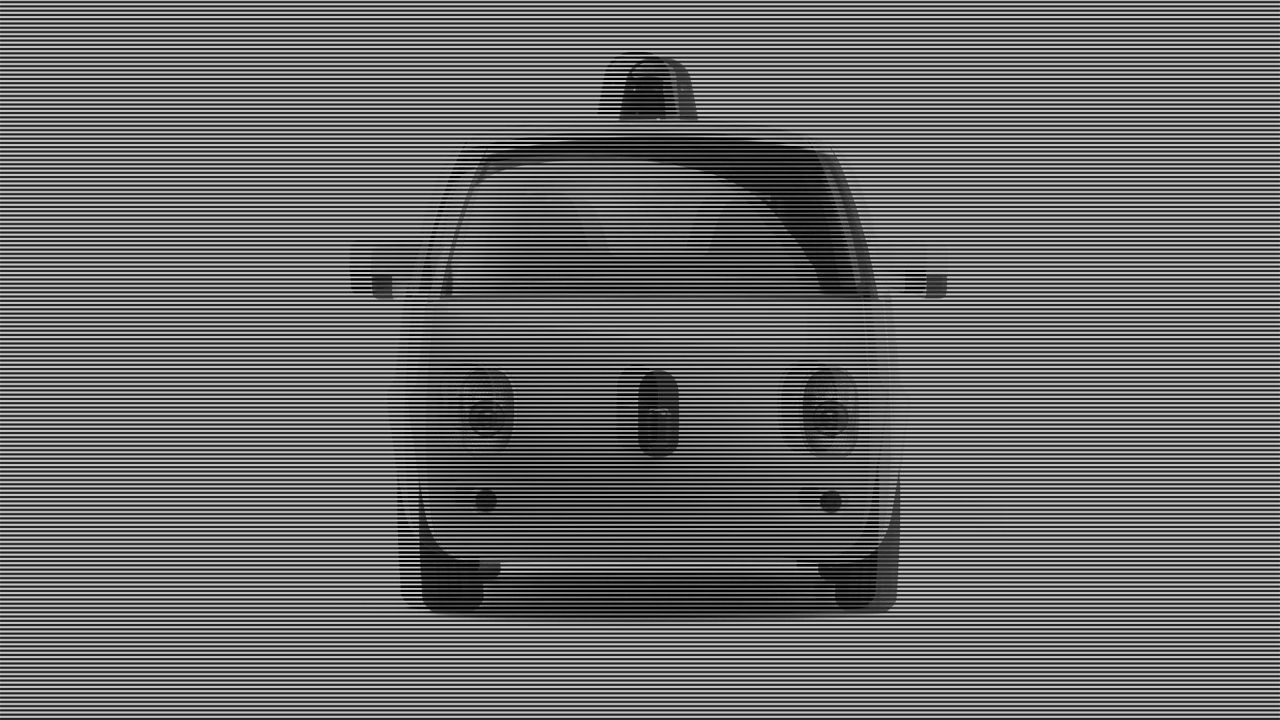Why Detroit needs user-centered design

The transition to AVs is very much a human evolution grounded in designing a complex and nuanced relationship between the machine and us—regardless of how good the machine may be. For automakers, writes Artefact’s John Rousseau, this means adopting a more rigorous human-centered design process and a holistic approach to product experience that puts the user in the center, not just in the driver’s seat.
As vehicles gain connectivity, the value proposition will gradually shift from hardware to software, and from object to experience. As vehicles become autonomous and rely on new technologies like machine learning and AI, the software and service layer will become even more valuable—ultimately rendering the car a passive device through which a largely digital experience is delivered. It also means that software and services will be the most critical paths for future innovation. For Detroit, that’s not a bright future.



